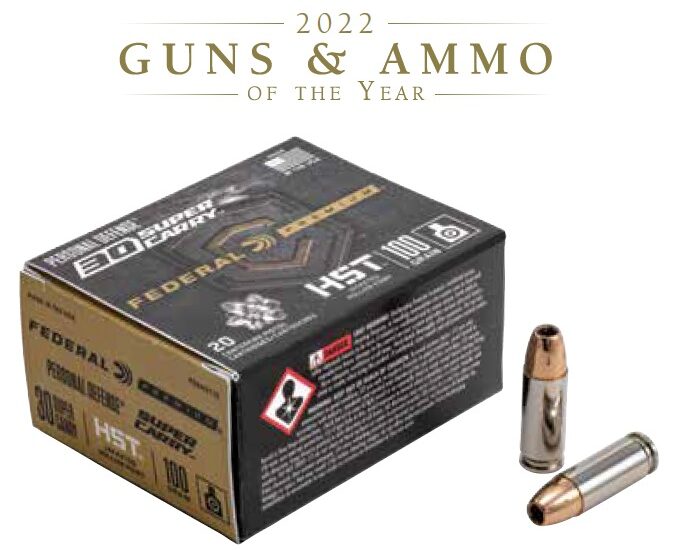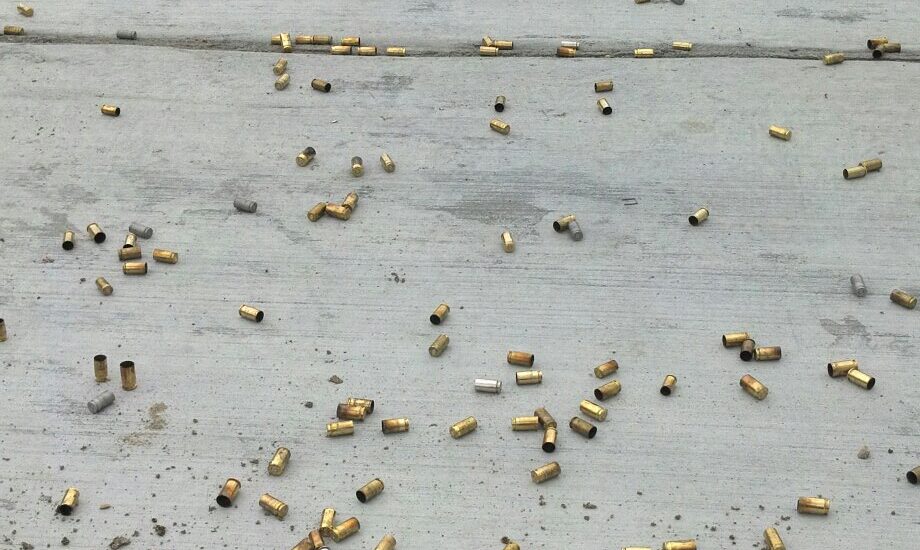The Handgun Ammunition Dilemma: What to Buy and Where to Get It
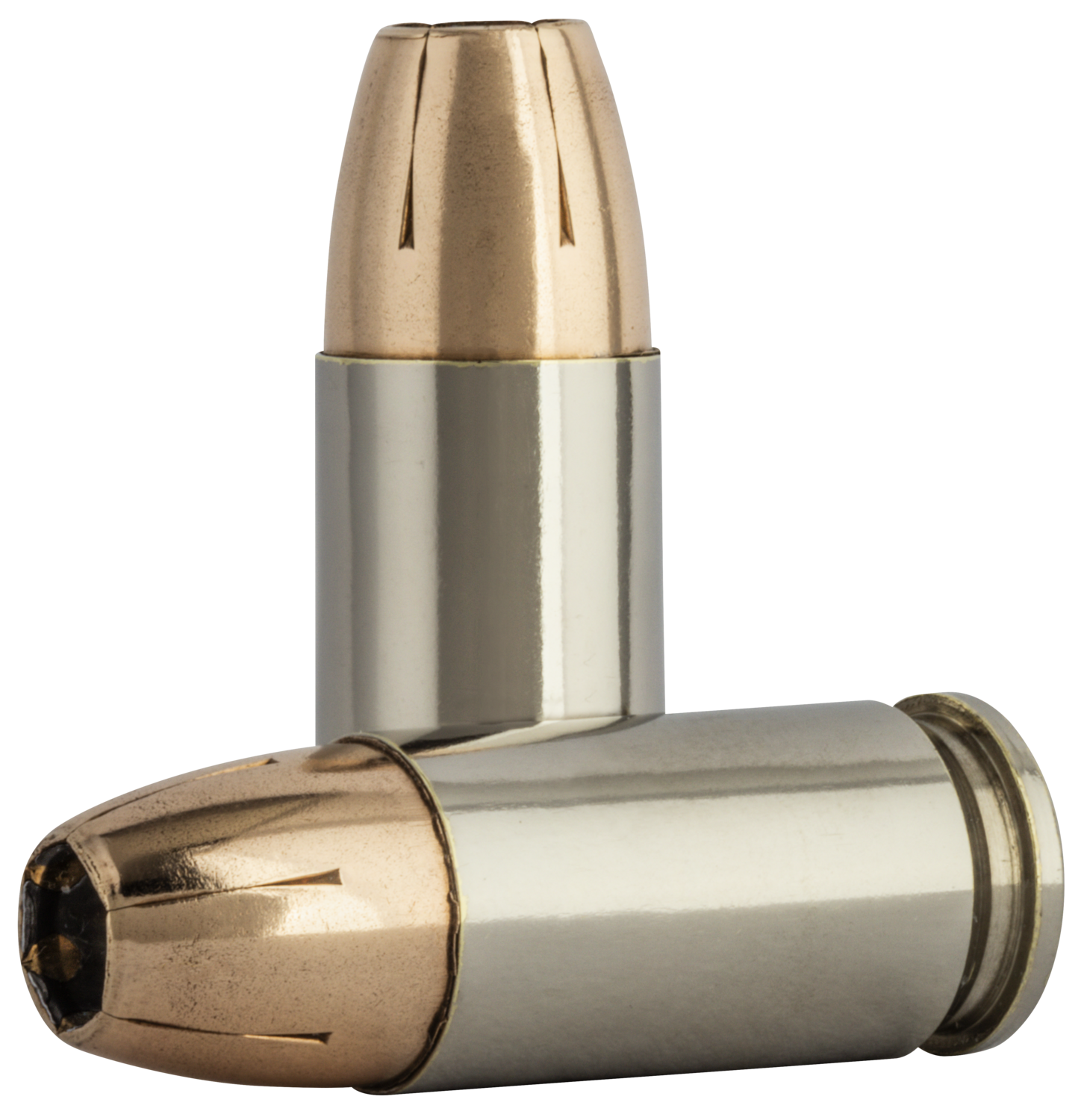
Gun owners new and old are struggling to find ammo for training and self-defense. There is ammunition available, but you have to work to find it and you will have to pay a premium for it.
So, you go to your local gun store and buy a handgun. Now you need ammo. Hopefully, your local gun store has the ammunition you need. Let’s talk about how to find the right ammunition for you and your gun.
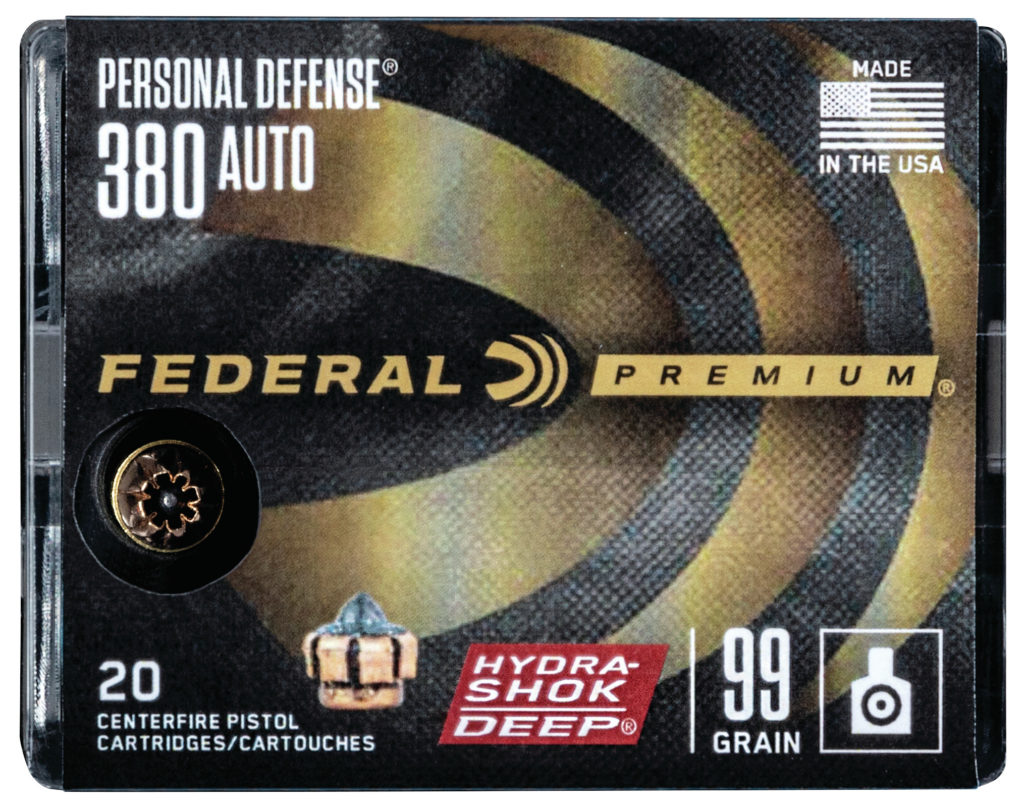
When firearms were invented, they shot simple lead balls. Even though we have a lot of engineered cartridges to select from the basic concept has not changed much. A powder charge is ignited by a primer. The gas produced is used to launch a projectile.
Some people call ammunition “bullets” but this is incorrect. A bullet is just one part of what is called a “cartridge”. Well, what is a cartridge? A cartridge is composed of a primer, gunpowder, the projectile and the cartridge case. The projectile called a bullet. Bullets are measured by their size which is referred to as “caliber”.
Unless you have some heirloom antique, the barrel of your handgun is marked with the name of the round it will fire. The most common calibers are 9mm, .40 S&W and .45 ACP. What does this mean?
It all starts with the diameter of the bullet. Caliber is the diameter of the bullet in inches. A .45 inch diameter bullet is .45 caliber. Some cartridges which originated in Europe are named in milimeters such as the 9mm.
There are some different rounds that share a caliber, but they have different lengths. Modern rounds have standard names, but with an old gun or old ammunition you have to be more careful. Rounds are named to make sure you get the right one. Both .40 S&W and 10mm share a common caliber but they have different lengths so they were given distinct names to avoid confusion.
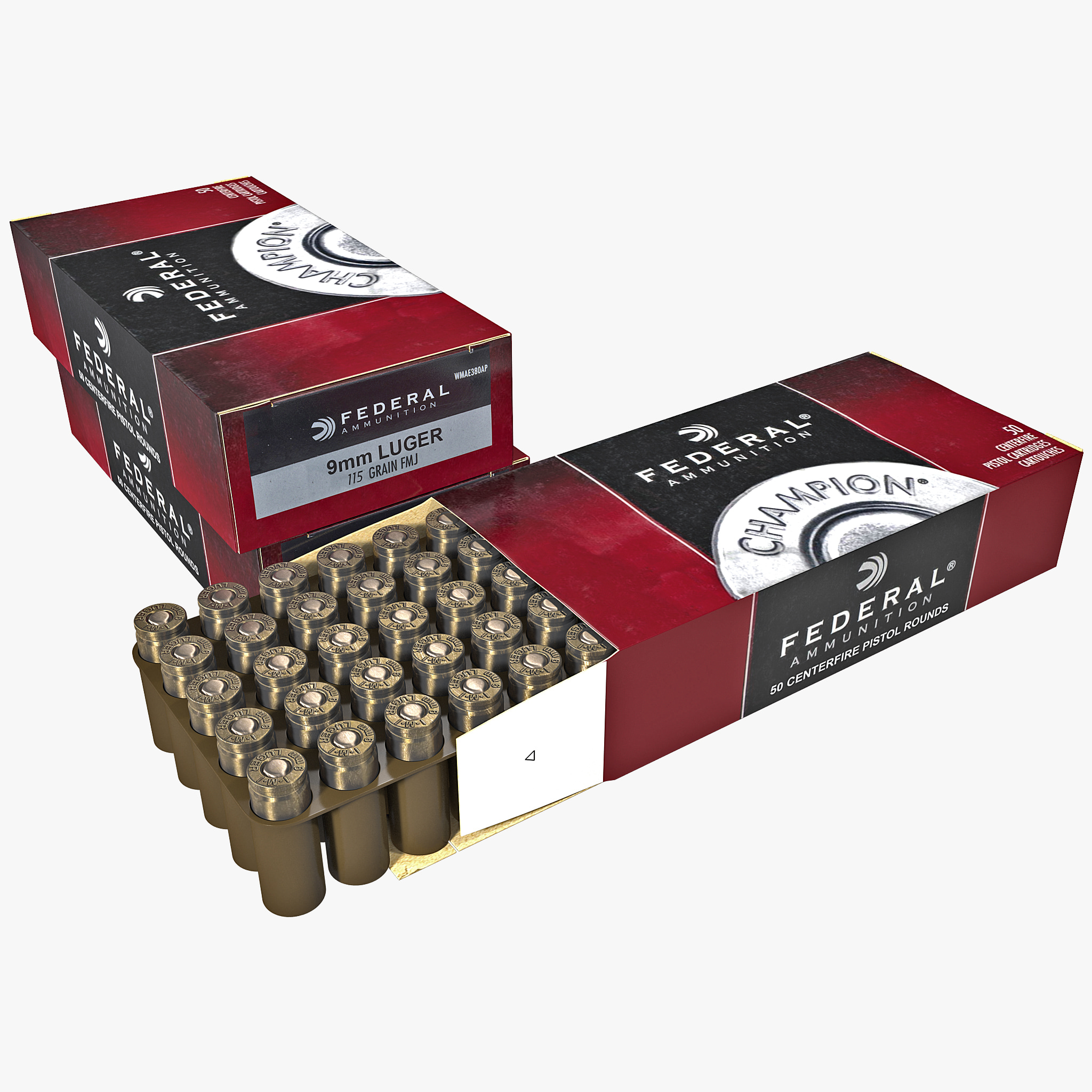
9mm is 9x19mm. It is also called 9mm Lugar and 9mm Parabellum on some older ammo boxes. The ACP in .45 ACP stands for Automatic Colt Pistol. The is also a .45 GAP or Glock Automatic Pistol. .40 S&W is named for manufacturer Smith and Wesson.
Once you get the right round, you will probably have some choices about bullet weight and shape. Ammunition used for home-protection is usually more expensive. Shooters often buy lighter bullets to use in training to cut costs. The lighter recoil makes a day of training more pleasant.
How to Read an Ammo Box
FIND YOUR CALIBER
The caliber of ammunition that your gun takes is marked on the barrel and/or frame of the handgun. This is called a “rollmark” and it is critical that you identify what your firearm caliber is and only use the ammunition that chamber is designed for.
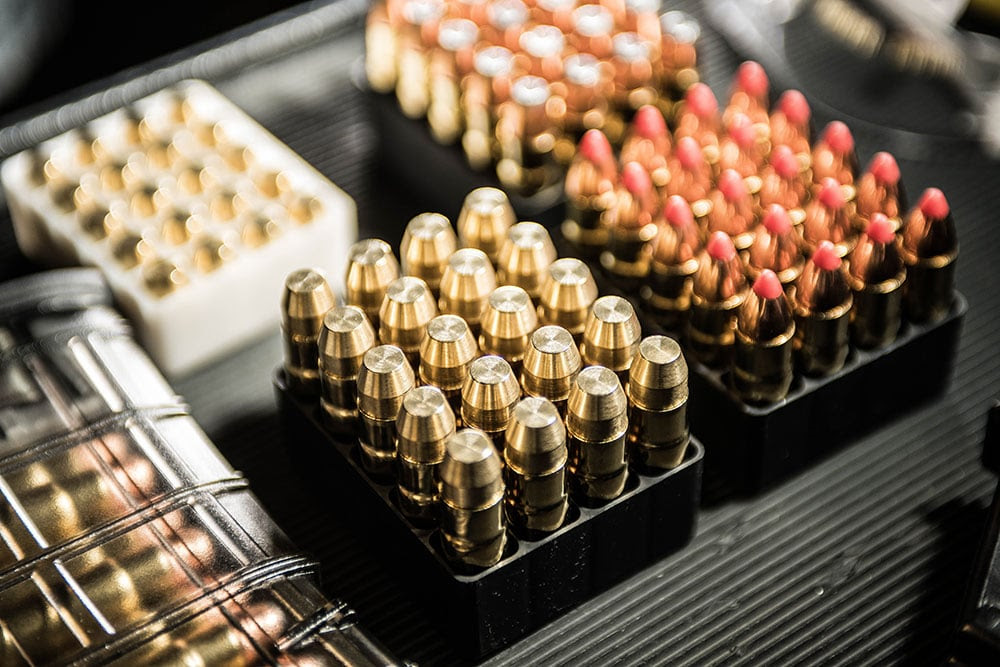
Once you know the caliber to look for, head online or to the shelves of your local gun shop and locate the ammo section. If they are organized, you’ll be able to locate your caliber ammo by size and by gun type.
BULLET WEIGHT
The bullet weight is usually written on the box in grains. This old unit of measure, abbreviated as “gr” is equal to one 7,000th of a pound. Another way to view this is one pound equals 7,000 grains. One ounce is equal to 437.5 grains.
Bullet weight makes a difference in performance. A lighter bullet will have less felt recoil. A lighter bullet will typically move faster and have a flatter trajectory. A heavy bullet will transfer energy better when it strikes a target.
When selecting bullet weight, it’s important to think about how you will be using the cartridge. If you are training, weight is not a big concern for you. You want to purchase the ammunition that best fits your budget of a quality that reliably cycles your gun.
CARTRIDGE CASE
Cartridge cases are typically made of brass. There are brands of ammunition which use steel or aluminum cases to cut costs. This can affect reliability in some guns, but over all, most ammo runs in most guns. You must balance cost savings with reliability.
BULLET DESIGN
Most markings list the grain size before the bullet type. For example, 9mm rounds may be listed as “115 gr FMJ.” This tells us that the cartridge is loaded with full metal jacket bullets that weigh 115 grains.
Full metal jacket means the lead bullet is covered in a harder metal like copper. This prevents the lead fouling the barrel. Some low speed cartridges, like .45 ACP use lead bullets. These are also known as “ball ammunition” a term going back to the origins of firearms when ammo was literally a lead ball.
You may also see “JHP”. This stands for “jacketed hollow point” and these are normally used for self-defense. Hollow points are designed to expand on impact. The design of JHP rounds means that the bullet typically turns into a mushroom shape when it hits its target, resulting in a larger wound channel to incapacitate a threat more effectively.
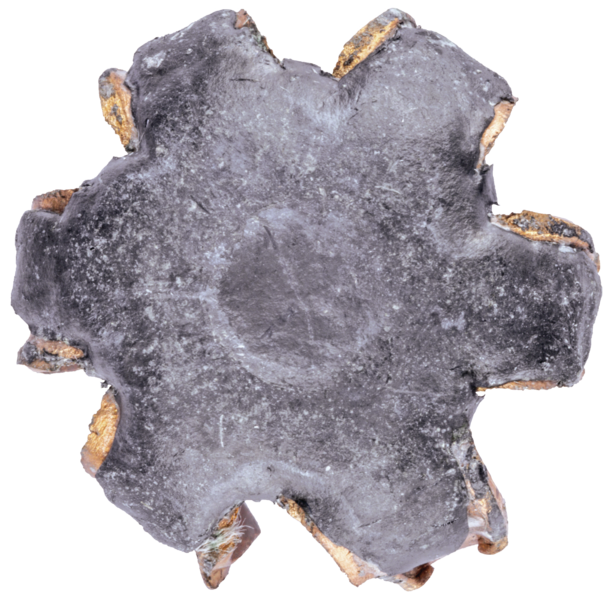
Premium JHP ammunition can be very expensive. Do your research, talk to other shooters and pick wisely. You don’t want to shoot this every day or in a class, but you should at least shoot a magazine or two through your gun to make sure it feeds reliably.
A ball ammunition is a solid mass. Ball may over penetrate in self-defense applications and could pass through an intended target and injure people beyond. Hollow points will expand on impact reducing over penetration and ricochets.
Some rounds are marked “+P” or “+P+”. This indicates that these are overpressure rounds. Do your homework before selecting +P. They produce more felt recoil and place stress on your barrel. if your gun is rated for them, it will be marked on the barrel or indicated in the owner’s manual.
Frangible rounds are designed to break apart on impact. They are designed to shoot at steel with reduced splash back.
Specific cartridges are designed for a specific purpose. Do your research on cartridge characteristics before you buy and make sure a specific cartridge will function in your gun before you buy them in bulk. There are a lot of options.
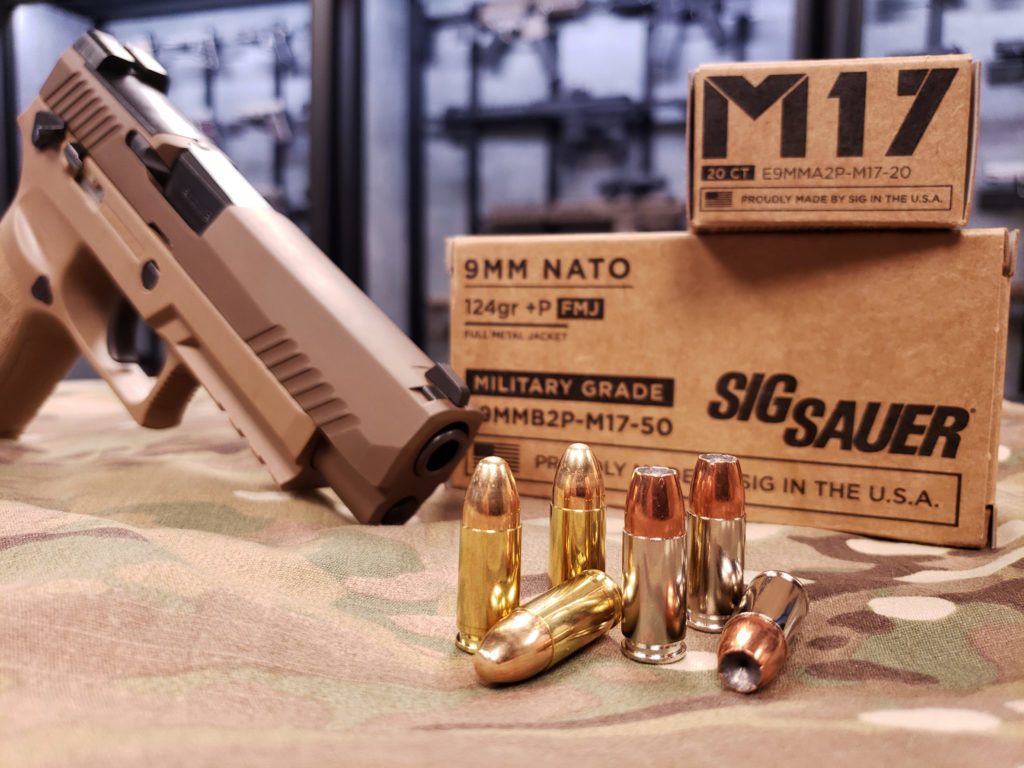
WHERE TO BUY AMMUNITION
Local guns stores are a great place to start, but they may have limited supplies. Many chain stores no longer carry ammunition, but sometimes you can get lucky. Many people have turned to buying ammo online. If you live in an area which it is legal, buying ammo online can save you time and money.
Prices are better, but you must factor in hipping and HAZMAT fees
You have a better selection
You are more likely to find military surplus and bulk ammo at affordable prices
You can check online ammunition stock levels from your computer, tablet, even your phone.
There are a couple of sites I recommend. There are many more:
Lucky Gunner
SGAmmo
Cabellas
Brownells
Target Sports USA
Bad guys are looking for ammunition. When submitting your online ammo order, consider using special shipping requests in the comments section of the order page. This could include packing your shipment in a plain, unmarked box and other things like which door you would prefer the package to be left at.
CONCLUSION
There are many factors to consider when buying ammo. The most important thing to do is match the caliber to the roll mark on your gun. Beyond that, what you choose is up to you and your application.
The most expensive ammunition is not always the best. Modern factories and quality control are very good. US factory made ammunition is very good.
Re-manufactored ammunition uses reloaded cases. This can be very reliable but test it in your gun and find a brand you trust. If you buy import or surplus ammunition, you should be more cautious.
When you find ammunition, go train.





